Thank you for being part of the MAFO – The Conference.
Save the date: 07. feb. 2025
Meet our Speakers
2024 Topics
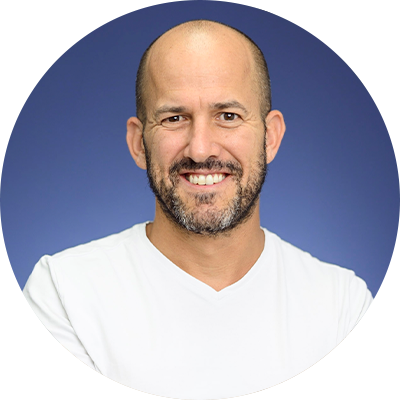
Jonathan Jaglom
flō
flō seeks to transform the ophthalmic market by providing digitized coating solutions through Additive Manufacturing technology via unique multi-material and multi-layering techniques. This innovative approach provides ophthalmic labs with new possibilities regarding coating options that are both improved in terms of coating performance and offered at a lower price. Coatings undertaken using flō’s digital process allow for endless colour schemes, gradients, and even graphic design when it comes to tinting, as well as offering significant savings (example – inventory costs) when applying its photochromic coating solutions. Additional advantages rest around Sustainability, Repeatability, and Customization. flō’s vision is simple: to digitize all things optical using Additive Manufacturing.
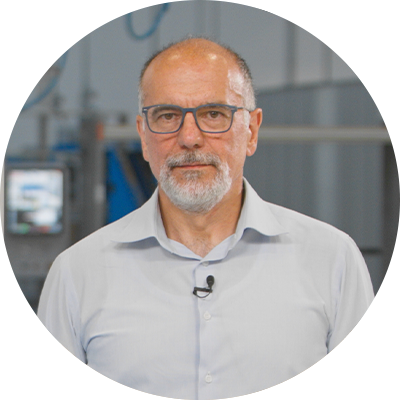
Stefano Sonzogni
MEI System
The reduction of human footprint on our planet has become a hot topic lately. However, the reduction of the environmental impact, often, requires many changes. Changes of people’s mentality, manufacturing methods, and replacement of equipment. Sometimes also the global performance of the process or the product may decrease. In the end, everything comes down to the cost, which normally is perceived as higher. This is what makes the attention to the environment problematic, even though it is so fascinating.
We always believed that the way out of this sort of dilemma was to look for a simpler manufacturing method. Revolution rather than optimization.
We devoted a large part of the R&D capability of the last decade trying to reinvent processes in the eyeglass production field, with a very simple goal in mind: make it simpler, faster, and cheaper, reduce waste, water contamination, and footprint.
The block-free technology in lens surfacing and edging is the most prominent result of this relentless effort. Optimized automation systems, self-calibration capability, integrated quality controls on 100% of the machine output. Solutions that contribute to minimizing space, staff requirement, and rejection rate. We are pleased to explain some of the technologies available today that can help in reducing the impact on the environment.
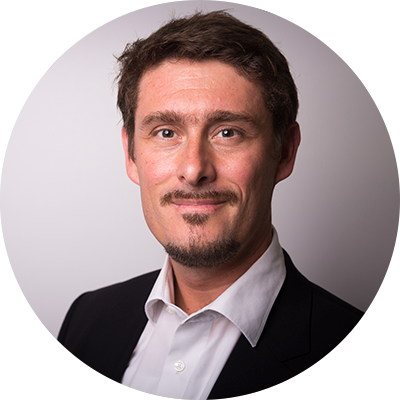
Dr. Michael Kreis
Satisloh
Recently there has been a lot of “buzz” around blockless surfacing. And surfacing without a block indeed has great potential to reduce complexity, time and cost by removing several process steps from the manufacturing of Rx lenses.
However, any developer of a blockless production system will have to overcome significant challenges regarding lens quality, product range and processing speed. Dr. Kreis will elaborate on both, the opportunities and challenges of blockless surfacing based on Satisloh’s feasibility study of the technology.
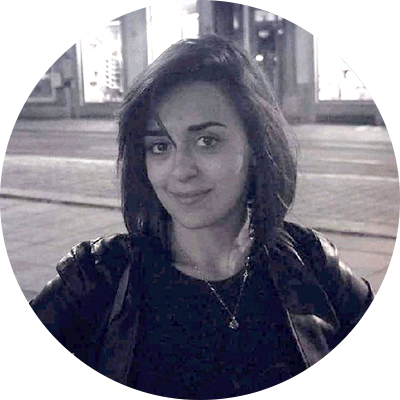
Varsenik Nersesyan
Morrow
In the realm of ophthalmic innovation, electronic glasses stand out as a promising alternative to conventional multifocal lenses, offering solutions to comfort, safety, and adaptability concerns in vision correction.
These cutting-edge glasses incorporate active optical lenses, utilizing a new electro- switchable technology based on liquid crystal composition for superior vision quality. These lenses can be electrically activated to enhance the viewing experience by focusing on a dedicated reading zone, providing two distinct states: OFF (with the electrical switch off) and ON (activated near vision lens).
As an active participant in the exploration and application of these electronic glasses, I aim to showcase their seamless integration into the traditional ophthalmic ecosystem. This integration ensures compatibility with existing manufacturing processes, providing a promising solution for both consumers and professionals in the field of vision correction.
This presentation aims to delve into the technological intricacies of these active optical lenses, highlighting the benefits they offer to consumers and their smooth integration into the broader ophthalmic ecosystem.
The promise of the technology is seamless integration into the conventional ophthalmic ecosystem, ensuring compatibility with existing manufacturing processes across the industry.

José Miguel Cleva
IOT
The global surge in myopia prevalence has raised concerns among practitioners, urging the implementation of effective myopia management solutions.
The efficacy of this myopia management lens has been evaluated in the first randomized, double-blind study carried out, specifically in a European population. After 12 months of follow-up, the study showcased a remarkable 39% reduction in axial length progression, distinguishing this solution from conventional single vision lenses.
This pioneering solution, utilize free-form technology and its lens geometry, is grounded in peripheral positive/myopic defocus and asymmetric defocus theories. With its utilization of free-form technology, this solution ensures enhanced comfort, superior aesthetics, and a natural appearance, without the reliance on specialized semi-finished products.
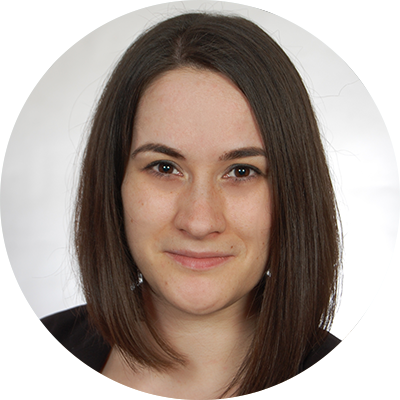
Dr. Judith Ungewiß
Aalen University
Different approaches for the evaluation of optical lenses and other refractive correction methods for the human eye are available: Ray tracing methods characterize the image quality at the retina level whereby the image processing in the higher visual pathway is not taken into account whereas questionnaires take into account the subjects’ perception in a completely subjective way with an inherent lack of standardization.
The Aalen Mobility Perception and Exploration Lab (AMPEL) offers a psychophysical test set-up which can be used to assess individual visual performance with or without optical correction lenses.
Psychophysical tests such as the assessment of halo areas (“halometry”), clinical examination methods of visual acuity, contrast sensitivity, and the standardized environment of a (nighttime) driving simulator – to be used with and without glare – are available. The latter set-up allows for local visual acuity and/or contrast sensitivity threshold evaluation based on stimuli (usually Landolt Cs) that are presented at various locations e.g. on a projection screen, an instrument panel, a navigation monitor, or a rear view mirror.
(A lecture by Dr. Judith Ungewiß, Dr. Michael Wörner and Dr. Ulrich Schiefer, presented by Dr. Ungewiß)
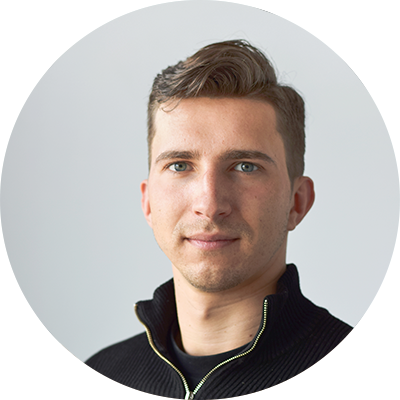
Arved Kampe
3D-Micromac
Augmented reality (AR) and virtual reality products (VR) mix digital and established technologies with ophthalmic technologies. Among the most significant technological challenges associated with AR is the optical design of appropriate devices. At the heart of any AR device is the so-called optical combiner that combines the real-world image with the virtual image generated by a display (light engine). Waveguide technology offers a potential solution to this.
As the industrialization of waveguide-based AR devices progresses, their design-based shaping and robustness are becoming key considerations. Automated approaches to cutting AR eyepieces made of high-index glass are a high priority.
Using ultrashort pulsed lasers provides a promising approach for scalable free-form glass cutting with high strength and precision. Schott and 3D-Micromac optimized a laser-based separation process for achieving high and predictable bending strength to guarantee high production yields. They integrated it into a modular machine concept scalable from lab to mass production.
This presentation tells the story behind this development project, the underlying reflections, and the lessons learned.

Dr. Marcel Mahner
Schneider
To date, cosmetic inspection and the detection of irregularities on the lens surface has been a purely manual process, highly dependent on the inspectors’ individual perception. The process is not only strenuous but also lacks objectiveness. As a result, it has been a desire to automate this important quality check with the intention to facilitate decision making at a new level, based on data, to ultimately standardize the process.
This has changed with the development of a fully automated system that can automate the process with the help of Artificial intelligence respectively deep learning. Labs have the possibility to teach the system by feeding it with their individual decisions.
This lecture takes a deep dive into how Artificial Intelligence can be leveraged to standardize the process and guarantee highest quality. First, the general AI concept is presented and detailed on the example of cosmetic inspection.
Furthermore, the benefits of an Artificial Intelligence based system are detailed by a comparison to the current manual lens inspection. Finally, the lecture will show how conclusions about root causes of defects can be drawn in combination with a global lab supervision system.

Dr. Jens Buergin
Zeiss

Heiko Schlump
Zeiss
Industry 4.0 offers great potentials to create value out of data and thus to impact our business of ophthalmic lens production. Data generated by machines is the basis for Industry 4.0 as it is an enabler for realizing Industry 4.0 use cases for visualizing and analyzing data.
Therefore, standardized machine interfaces for data exchange between machines and a SCADA (Supervisory Control and Data Acquisition) system or a MES (Manufacturing Execution System) are needed. As standard for data exchange, OPC UA (Open Platform Communications Unified Architecture) opens new ways for standardization of machine interfaces and offers further advantages like embedded security and advanced communication methods.
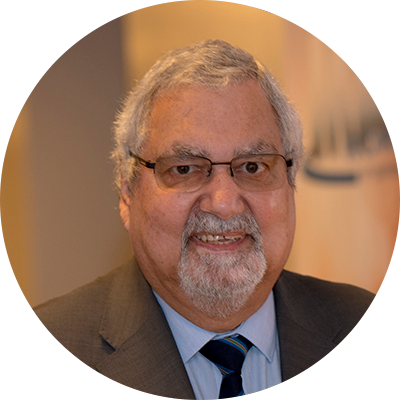
Mo Jalie
University Ulster
One of the most important computations which is undergone by the Lens Design Software in a Lab Management System is that of finding the minimum thickness for a given prescription which will enable the thinnest and lightest lens to be produced in any given material. In the case of a minus lens the minimum thickness of the lens always lies at its optical center and is computed from a stipulated optical center thickness plus any addition for prism which has to be incorporated in the lens.
Plus lenses on the other hand are more difficult to compute since the point on the edge of a lens where the thickness will be a minimum is not obvious at the outset and has to be determined before the necessary center thickness of the lens can be found. This talk considers these problems and shows how the position of the minimum thickness of the lens can be determined.
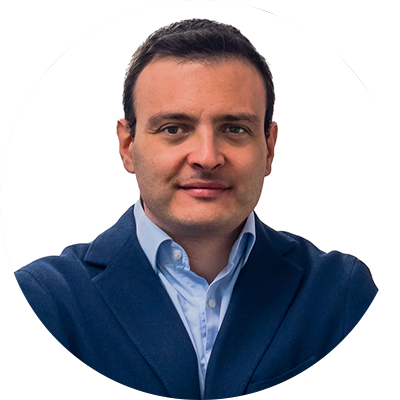
Dr. Gaetano Volpe
ProCrea Tech
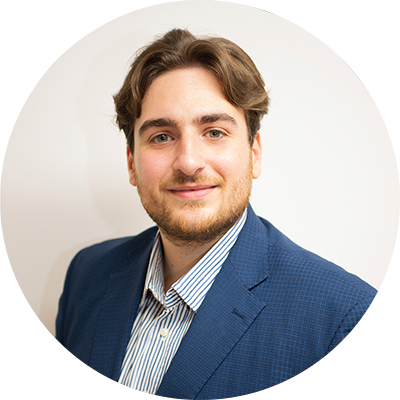
Pasquale Fanelli
ProCrea Tech
Artificial Intelligence (AI) has catalysed a profound revolution across various industrial sectors. For example, AI-powered diagnostic systems are improving medical imaging analysis, and today, in ophthalmology, it is possible to automatically identify retinal tissues in an OCT scan. We delve into the core principles of AI and neural networks, seeking to clarify their complex mechanics in an accessible manner. The integration of these cutting-edge technologies into freeform ophthalmic lens design software is today possible, so it is important to understand how this influences the free-form lens calculation process and the impact AI has on the existing technology. The primary objective of this integration, in fact, is the mitigation of lateral aberrations, specifically unwanted astigmatism, to improve visual comfort and provide an overall better visual experience.
All futher details will follow in the coming weeks.
For any questions regarding the conference please contact: hanna.diewald(at)mafo-optics.com
MAFO – The Conference 2023

By loading the video, you agree to YouTube’s privacy policy.
Learn more
MAFO – Talks 2022

By loading the video, you agree to YouTube’s privacy policy.
Learn more


